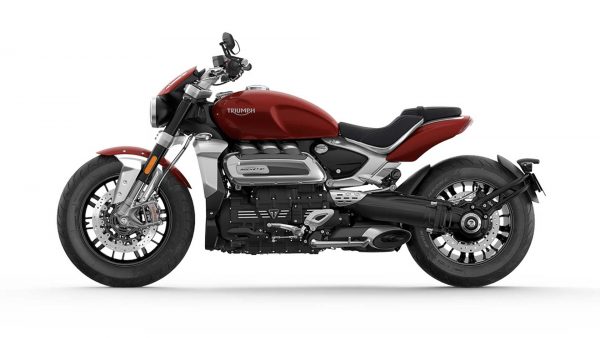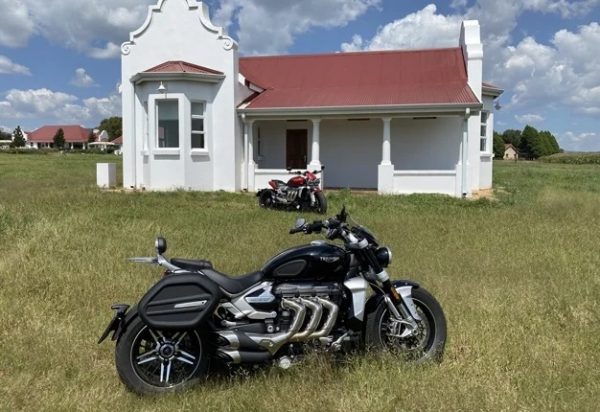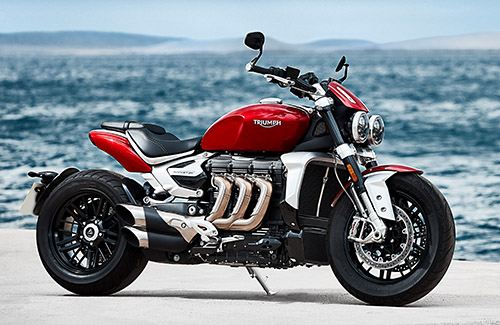Spec Showdown: Triumph Rocket 3 Vs. Yamaha VMax
by Sabrina Giacomini from https://www.rideapart.com Power cruisers punch out. For 2019, Triumph upped the ante on the Rocket 3 with the introduction of an entirely new generation. The upgrades included a new look and also a bigger engine which is no small feat considering the Rocket 3 already rocked the biggest production motorcycle engine on the market. Just like that, a new benchmark was set in the power cruiser segment. While the definition of power cruisers is rather broad, there’s only handful of 1,500cc-plusmodels the Rocket 3 can measure up to. Considering the Triumph sits at the top of the category with a higher price tag, we thought we’d take a look at how it compares to one of its more affordable competitors, its Japanese counterpart, theYamaha VMax. Let’s have a look at how the two models compare on paper. 2020 Triumph Rocket 3R 2020 Yamaha VMax Engine: 2,458cc, water-cooled, inline-three cylinder 1,679cc, liquid-cooled, 65-degree V4 Bore, Stroke, Compression: 110.2mm x 85.9mm, 10.8:1 90mm x 66mm, 11.3:1 Transmission and Final Drive: 6 gears, shaft 5 gears, shaft Performance: 165 hp/163 lb-ft -/123 lb-ft Weight: 641.5 pounds (dry) 683 pounds (wet) Price: $21,900 $17,999 Performance Of course, we can’t talk power cruisers without discussing their performance. The Rocket 3 boasts the biggest production motorcycle engine of the industry which gives it an undeniable appeal versus the Yamaha. That being said, though its engine is almost half the size of the Rocket (displacement wise), the VMax can pull its own weight and give the Triumph a run for its money. While the Rocket 3 produces more torque than the Vmax (163 versus 143), there’s a possibility that the Japanese power cruiser outperforms its British counterpart on the pony front. While Yamaha doesn’t disclose any horsepower figures, several sources suggest it produces “over 170 horsepower”, possibly even 200, according to some. That’s easily between 5 to as much as 35 hp more than the Rocket. Because the numbers aren’t from Yamaha, however, we […]
Spec Showdown: Triumph Rocket 3 Vs. Yamaha VMax Read More »



